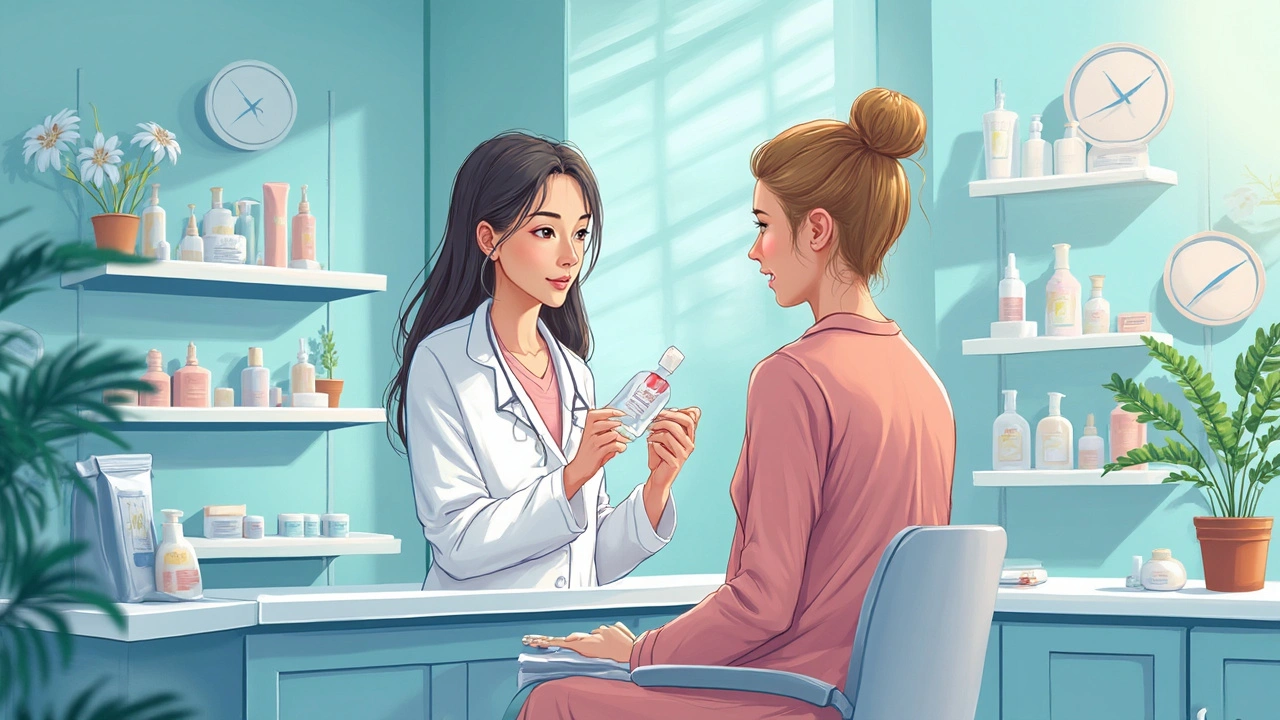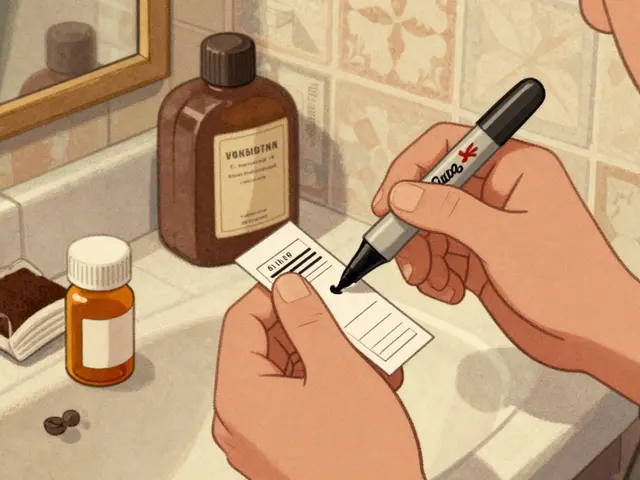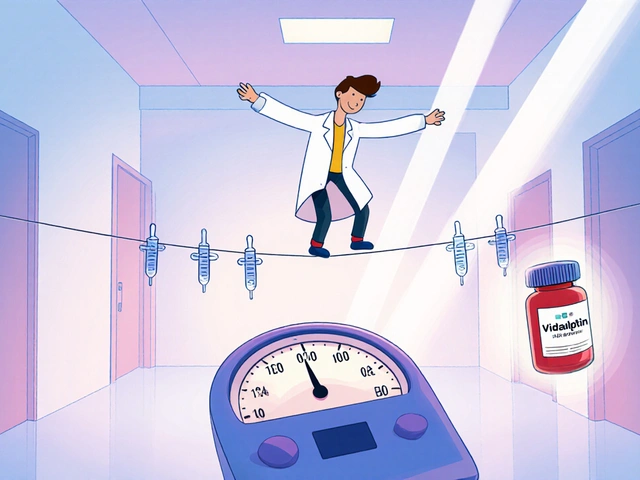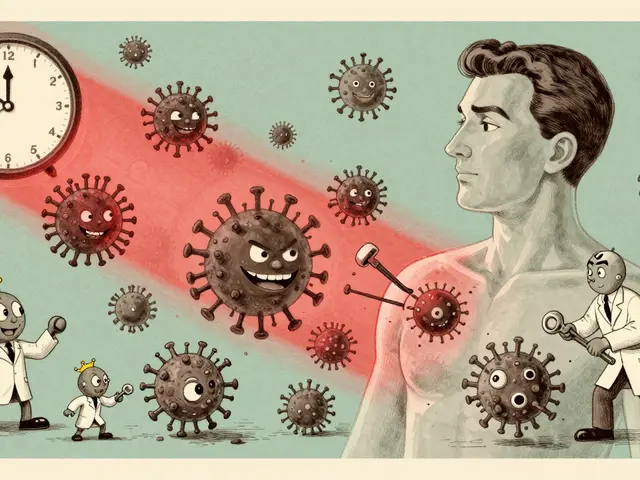Topical steroids: what they do and how to use them safely
Topical steroids (topical corticosteroids) are creams, ointments, or lotions that reduce skin inflammation. Doctors prescribe them for eczema, psoriasis, contact dermatitis, and other itchy, red skin conditions. They work fast, but using them wrong can cause problems. This guide tells you the basics so you can use them safely.
How potency and choice matter
Topical steroids come in different strengths: mild, moderate, potent, and very potent. Mild ones (like hydrocortisone 1%) are fine for face folds and kids. Potent options are for thick skin areas—hands, feet, or severe patches. Your doctor picks the right strength based on where the rash is, how bad it is, and your age. Don’t guess the strength yourself.
Formulation matters too. Ointments hold moisture and work well on dry, scaly skin. Creams are easier on oily or weepy skin. Lotions and gels suit hairy areas. If you’re unsure which to use, ask your pharmacist or clinician.
Simple rules to avoid problems
Apply a thin layer once or twice daily, exactly as your doctor says. A common tip is the fingertip unit: squeeze a narrow strip from the tip of your index finger to the first crease—that covers about two adult palm-sized areas. Use the smallest effective amount for the shortest time needed.
Watch for common side effects: skin thinning, stretch marks, easy bruising, and discoloration. Using strong steroids for long periods increases these risks. Stopping suddenly after heavy, long-term use can trigger a flare, so follow guidance for tapering.
Kids need special care. Their skin absorbs more medicine than adults’ skin, so doctors usually choose milder strengths and shorter courses. Avoid using strong steroids on infants without a pediatric recommendation.
Some areas absorb more drug—face, groin, and armpits—so these spots need milder steroids and shorter use. Covering treated skin with bandages or plastic wrap can raise absorption and side-effect risk, so only do that if a clinician tells you to.
If you use other skin meds, tell your doctor. Certain antifungals, antibiotics, or acne medicines can interact or change what you should use.
When should you call a doctor? If the rash gets worse, shows signs of infection (pus, spreading redness, fever), or if you notice new skin thinning, bumps, or stretch marks, get medical advice. Also check in if the steroid isn’t helping after the recommended period.
Alternatives exist: moisturizers, non-steroid topical anti-inflammatories, phototherapy, and systemic drugs for severe disease. Your clinician will balance benefits and risks to find the best plan.
Bottom line: topical steroids are powerful tools when used correctly. Use the right strength, follow instructions, and keep an eye on your skin. If anything feels off, reach out to your healthcare provider.

How Desonide is Changing the Landscape of Topical Steroid Treatments
Desonide has emerged as a game-changer in topical steroid treatments due to its effectiveness and reduced side effects. This mild corticosteroid is gaining popularity for treating various skin conditions like eczema and psoriasis without the typical drawbacks of stronger steroids. Its low potency makes it safer for long-term use, especially on sensitive skin areas like the face and folds. Discover how Desonide is reshaping dermatological care with its user-friendly application and results-driven approach.
Read More




